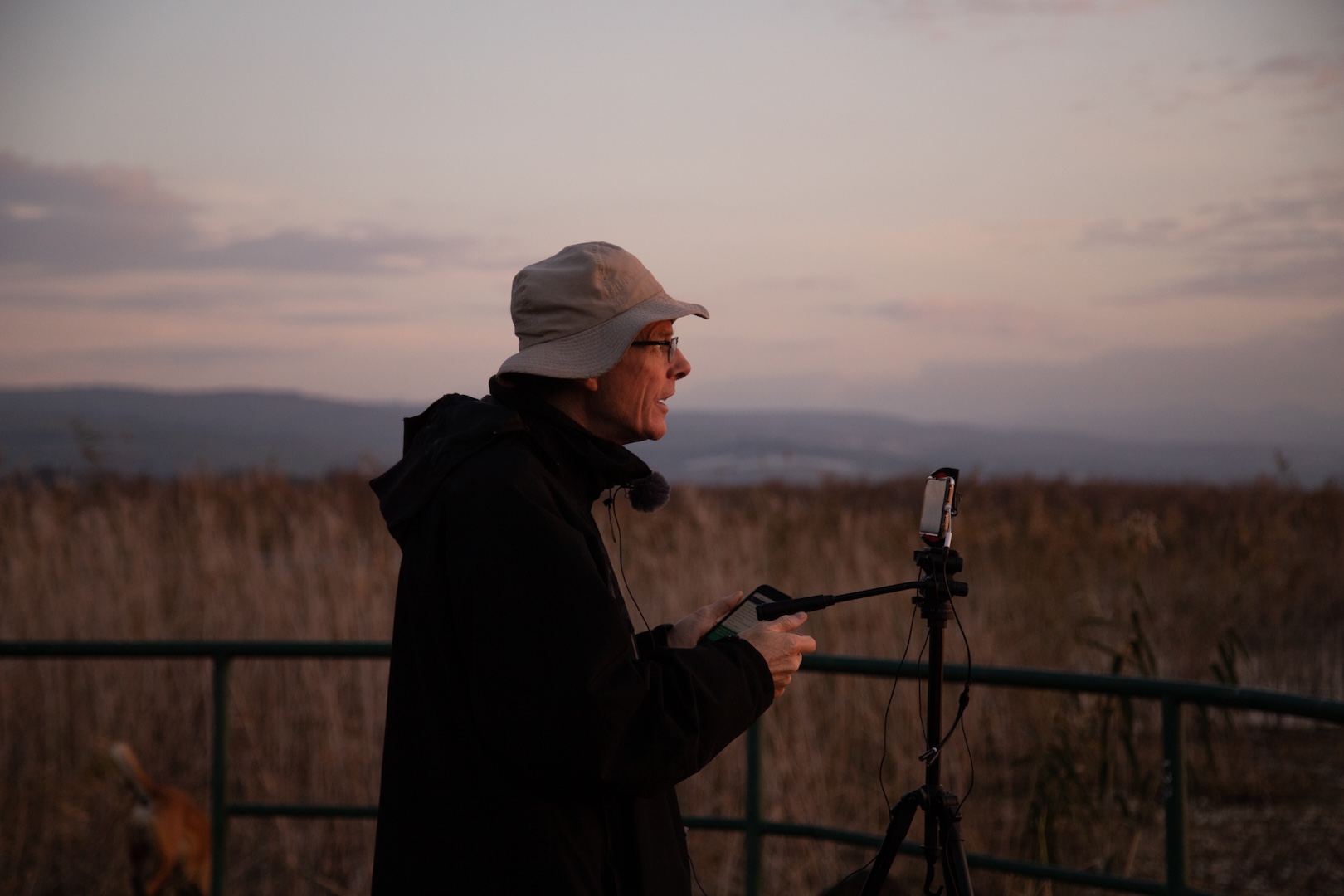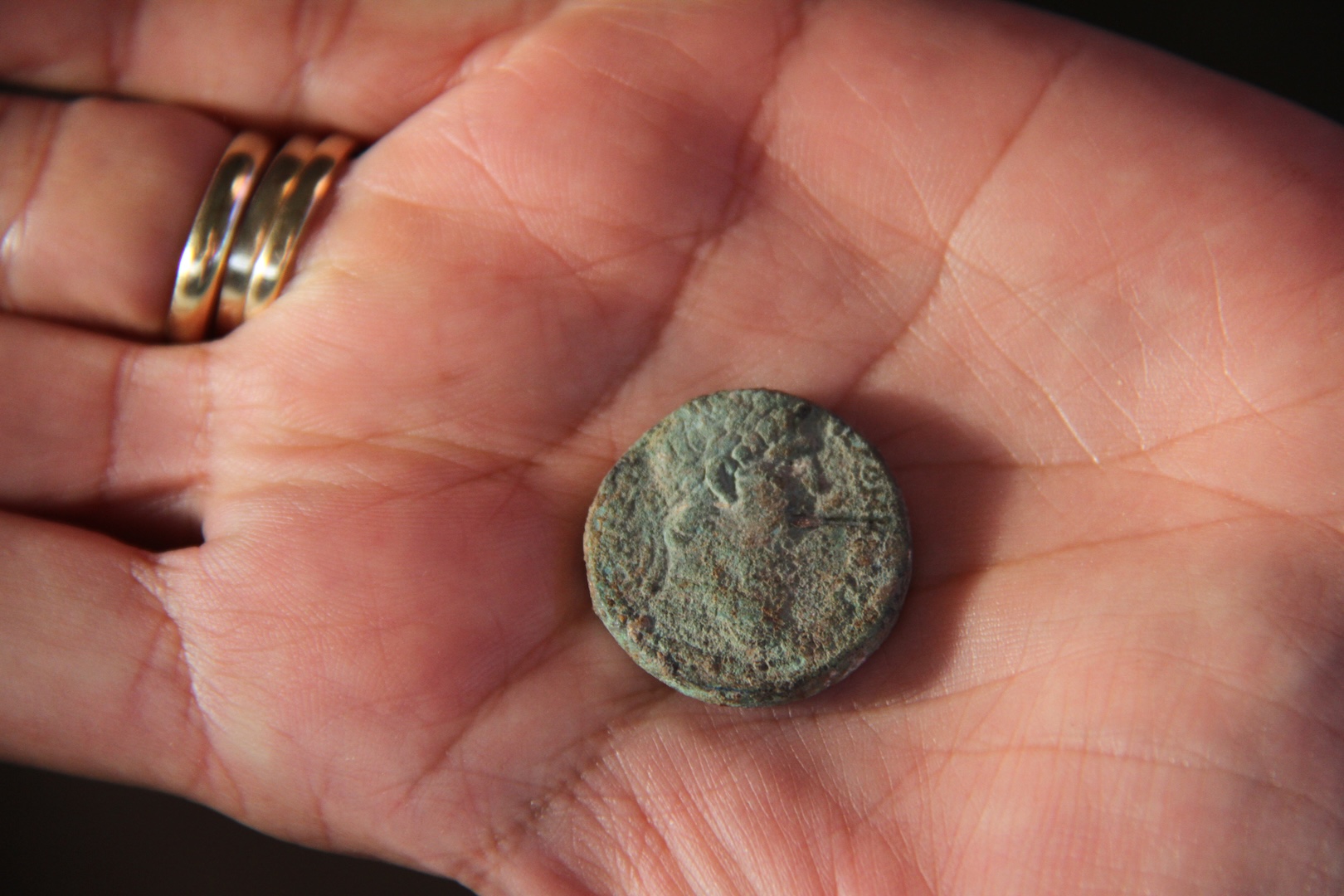In 1875, Isabel Burton came from England to Magdala: “We came to Magdala (Mejdel), the hamlet which gave birth to our sinful Saint Mary Magdalen, the example of hope to the unhappy of our sex.” Burton says she saw there a tomb “of a Shaykh (El Ajami), the name implies a Persian Santon.” Indeed, until 1948, to the north of el-Mejdel, there was a tree and some ruins commemorating the tomb of Muhammad el-Ajami, and devout Muslims came here to venerate the place. However, there has been no way to find out who this famous man was.
Burton continues: “There is a tomb seen on a mountain, said to be that of Dinah, Jacob’s daughter.” The tombs of Dinah and three of her brothers (the patriarchs Reuben, Simon, and Levi) can still be seen on the southern slope of Wadi Hamam, near the ruins of Arbel. Numerous Jewish pilgrims who passed through here in the Middle Ages speak of these tombs.
To the tombs mentioned by Burton, we must add a third: the one that, with its small dome by the roadside, would become the icon of Magdala for a long time. It is the mausoleum of Muhammad er-Raslan, and I suspect that the mortal remains of el-Ajami also ended up there when his tomb disappeared in the mid-20th century. Also, in this case, I could not find anything about the identity of er-Raslan. One day, I happened to meet a good Moslem cleaning the mausoleum, and he proudly told me that it was the tomb of er-Raslan, but when I asked him who Raslan was, he shrugged his shoulders and confessed: “I don’t have the slightest clue.”
Discover more articles from this category







